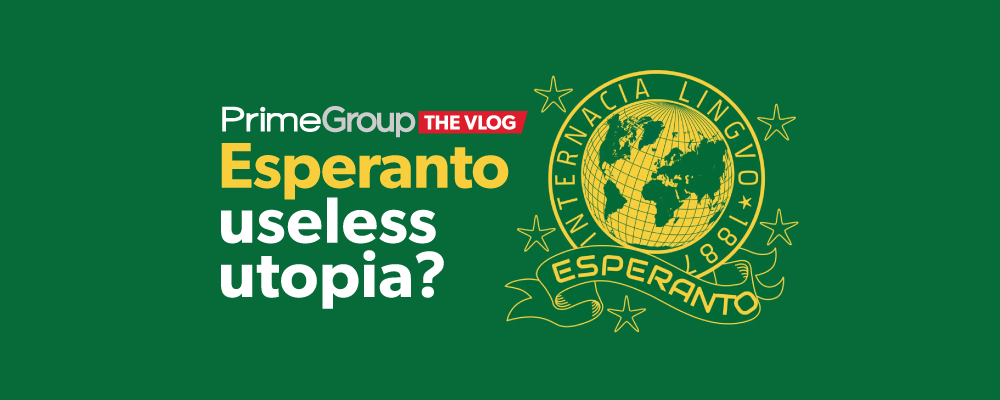Here are the general steps to localize a typical e-learning course into multiple languages:
Conduct a needs analysis
Identify the target audience, their language preferences, and any cultural considerations that may impact the localization process.

Plan for localization
Create a localization plan that includes timelines, budgets, and resources needed for the project.
Develop the source content
Create the source content for the e-learning course clearly and concisely. Use simple language and avoid cultural references that may not translate well.
Create a localization kit
Compile all the necessary files and assets for localization into a localization kit. This includes all source files, images, audio and video files, and translations.

Translate the content
Translate the course content into the target languages using in-country linguists who are native speakers of the language and familiar with the culture.
Localize the multimedia elements
Localize the multimedia elements of the course, such as images, videos, and audio files, to ensure that they are culturally appropriate and accurately reflect the target audience.
Review and edit the localized content
Review and edit it to ensure it is accurate and culturally appropriate. Conduct functional testing to ensure the course functions appropriately in all target languages.
Conduct user testing
Conduct user testing with the target audience to evaluate the effectiveness and cultural appropriateness of the localized course.
Implement feedback and make improvements
Use feedback from user testing to make any necessary improvements to the localized course.
Finalize and deliver the localized course
Finalize and deliver it to the target audience in the appropriate languages and formats.
Support and maintenance
Provide ongoing support and maintenance for the localized course, including updates and revisions as needed.
Following these steps, Prime Group has successfully localized e-learning courses into multiple languages to benefit its customers worldwide. Because complex multimedia content if conveniently localized can reach a global audience.



